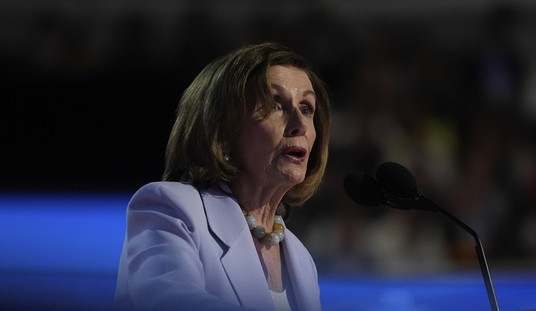Ron DeSantis’s decision to utilize Twitter Spaces for his presidential campaign announcement was seen by some as an enlightened and innovative approach, as well as a potential milestone for Twitter to become a formidable contender in delivering news that could compete with more traditional media platforms, and directly connect with voters.
Many speculated that Elon Musk was using the event to position himself as the new Rupert Morduch. However, the announcement encountered technical issues, leading traditional media outlets to criticize the event and portray it as disastrous.
“Glitches, Echoes and ‘Melting the Servers’ Crash DeSantis Campaign Launch on Twitter,” said CNN.
“DeSantis’s Big Moment Goes Awry With a Twitter Meltdown,” read the headline in the New York Times.
The Washington Examiner even used a pun: “There Musk Be Some Mistake: DeSantis Twitter Spaces Gamble Spectacularly Backfires.”
“Elon Musk’s ‘Historic’ Twitter Event With Ron DeSantis Struggles With Technical Glitches,” wrote the Associated Press.
Even Fox News joined in the pile-on, saying, “Much-hyped Ron DeSantis presidential announcement a disaster on Twitter.”
There were issues, yes, and it took about twenty minutes for things to finally get rolling, but was a really a disaster? Did it objectively “backfire spectacularly”? DeSantis’s campaign wouldn’t say so, and they got $8.2 million in campaign donations within 24 hours to back that up.
Related: DeSantis Raises Huge $8.2M in First 24 Hours After ‘Failed’ Launch
But, to be honest, the naysayers all have a point. But I’ll get to that in a minute. David Sacks, a DeSantis supporter who moderated the DeSantis announcement event on Twitter Spaces, told Laura Ingraham on Fox News, “We just had so much interest — it took about 15 minutes. We’ve never had that level of scale before on Twitter. I think the biggest room has been around 100,000.”
In one respect, yes, when your event is so popular it literally breaks Twitter, that’s something to brag about. Still, it nevertheless proves there’s a huge problem that the platform has in being a legiitmate competitor to more traditional news mediums. The day after the Twitter announcement, Trey Gowdy interviewed DeSantis on Fox News and Gowdy couldn’t help himself by taking a little jab at Twitter.
“I can’t promise you that I won’t crash, but Fox News will not crash during this interview,” he said.
It was a humorous taunt, especially given that DeSantis’s decision to announce his campaign through Twitter Spaces was perceived as a significant slight toward Fox News—the most influential conservative-leaning network for decades. And, of course, because it’s true. Had DeSantis gone the more traditional route, it would have been glitch-free, and anyone with access to a television, would have been able to tune in without an issue.
The brief chaos may not have been as big a disaster as the media is making it out to be, but it still shows that if Musk has intentions to make Twitter some alternative news source, it’s not even close to being ready. Frankly, if I think Tucker Carlson should reconsider his plan to use Twitter as the sole platform for his show. Why? Roughly 97% of households have at least one television. According to Pew Research, only 23% of American adults use Twitter. Heck, more adults in the United States use YouTube (81%), Facebook (69%), and even Instagram (40%). So, even if DeSantis managed to reach voters more directly, the limited reach of Twitter ultimately gives traditional news media an advantage in shaping the narrative and disseminating it to the broader audience—and the narrative they pushed was that the event was a disaster.
Will that always be the case? Not necessarily, but Twitter isn’t there yet. Twitter may one day be the digital public square, but it’s not the megaphone.










